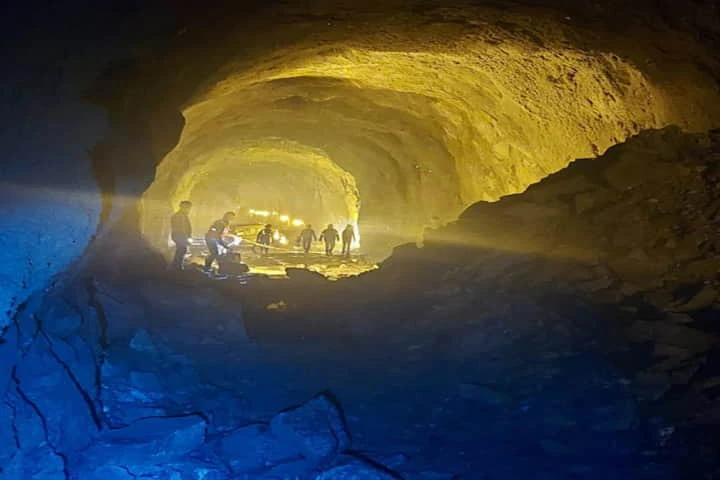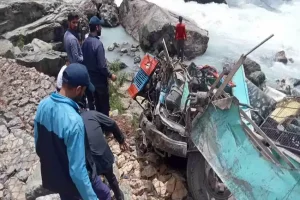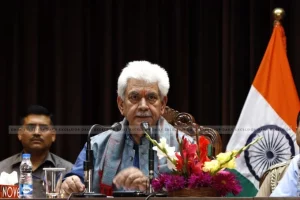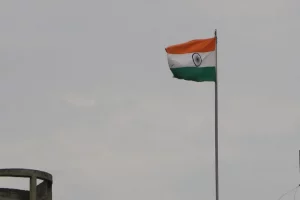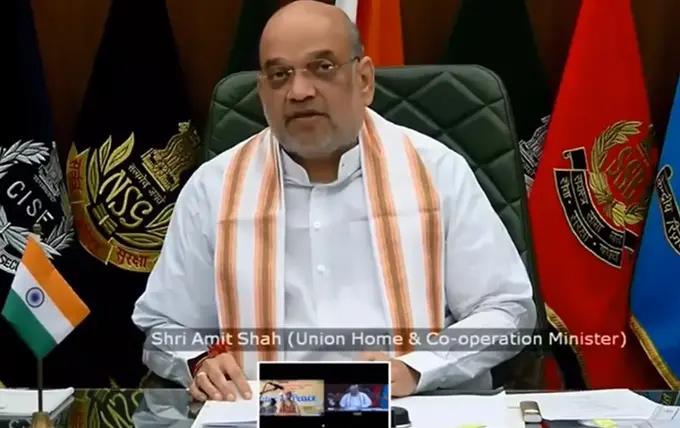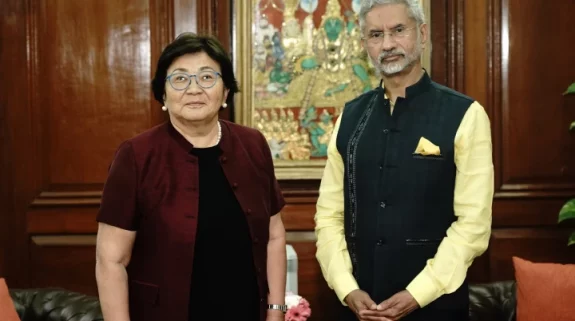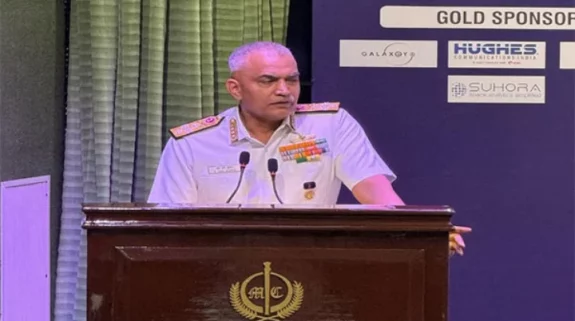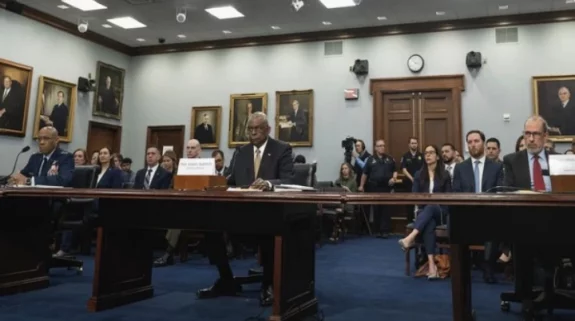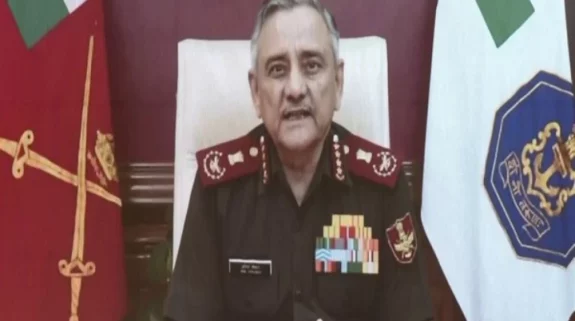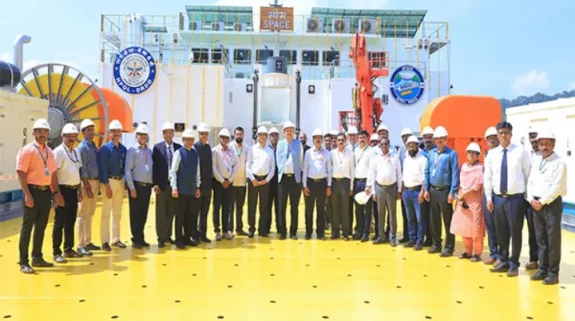Working round the clock in the most difficult conditions—inaccessible rugged terrain, heavy snowfall and sub-zero temperature—engineers and workers of the Northern Railway (NR) and its subsidiaries have achieved an astounding breakthrough. A nearly 13 km long train tube has been carved out under the formidable Pir Panjal mountain range, between Sumber and Arpinchala. It is going to be the longest railway tunnel in India.
The T-49 tunnel has two tubes – one is the main tunnel & the other is the escape tunnel
It has been constructed using a modern drill & blast technique called the New Austrian Tunnelling Method#Kashmir #ProsperousKashmir @kamranalimir @MayorofS @MirJunaidJKWP @AsimKhanTweets pic.twitter.com/CfTwCkCVP2— Radio Chinar (@RadioChinar) February 17, 2022
Tunnel No. 49 or T-49, with length of 12.758 km on Udhampur-Srinagar-Baramulla Rail Link (USBRL), is part of the ambitious project of national importance being constructed for the Kashmir valley’s uninterrupted physical integration with the national capital of New Delhi and rest of the country. Around 272-km long USBRL, upon its completion in 2024, would be the most dependable surface communication link between the Kashmir province and the rest of the country and the world.
Widening of the old two-lane Srinagar-Jammu highway into a four-lane highway is simultaneously underway. It is likely to be completed before the Lok Sabha elections of 2024. It is part of NH-44. With scores of tunnels, flyovers, bridges, culverts and viaducts, it will reduce the highway’s length between Srinagar and Jammu from 294 km to 230 km. Upon its completion, the driving duration of light motor vehicles between the Union Territory’s summer capital of Srinagar and the winter capital of Jammu would come down from 12-18 hours to just 4-5 hours.
On both the projects of national importance, work has been completed in the relatively plain terrains of Kashmir and Jammu and only the middle patch of 80-100 km—the toughest in the J&K mountains—remains to be completed. Currently the highway, the only lifeline for Kashmir, remains closed for traffic due to heavy snowfall, rains, landslidesand shooting stones for days and weeks together every winter. Even in the rest of the 8 months of the year, it remains occasionally disturbed. Scores of human lives and vehicles are lost every year due to the road accidents which are often the result of inclement weather.
The two surface communication projects, upon completion in 2024, would for the first time in history lead to Kashmir’s uninterrupted physical integration with the rest of the country and the world. After completion of another road tunnel at Zojila, traffic would operate round the year on a 24×7 basis on Delhi-Jammu-Srinagar-Kargil-Leh axis. This surface communication axis through inhospitable mountain terrain has gained more strategic importance after the border skirmishes between the Chinese and the Indian troops on the Line of Actual Control in Ladakh.
On the USBRL, 11.215 km long tunnel between Qazigund (Kashmir) and Banihal (Jammu) was opened for local train traffic in June 2013. For the new four-lane highway between Srinagar and Jammu, the 8.45 km long two-tube tunnel was opened for traffic in August 2021. On the same highway, the 9.20 km long two-lane but single-tube tunnel was inaugurated by Prime Minister Narendra Modi in April 2017.
Since October 2020, work is also going on at Zojila on a road tunnel with an integrated length of 14.20 km. It will be the first 24x7x365 surface communication link between the UTs of J&K and Ladakh which remain cut off for 6 months every year.
The horse-shoe typeT-49’s South portal is located in the picturesque Sumber village at a distance of 45 km from the district headquarters Ramban, at an altitude of 1,200 metres. Its North portal is located near Arpinchala village in Khari Tehsil at an altitude of 1,600 metres. It has a main train tube and an adjoining escape tunnel. It is being constructed with a modern drill and blast technique known as the New Austrian Tunnelling Method.

According to an official, three adits—Urnihal, Hingni and Kundan— have already been constructed in India’s longest tunnel in Banihal area of Ramban district. It has a ruling gradient of 1 in 80 for a designed train speed of 100 km/hour. An adit is a horizontal or near-horizontal passageway to a larger underground excavation for the purposes of ventilation, water removal, or auxiliary entrance.
The escape tunnel, constructed parallel to the main tunnel, is connected by cross passages at an interval of 375 metres to facilitate rescue and restoration work.
The construction of this ambitious tunnel project was entrusted by Northern Railways to IRCON International which has assigned the works in two packages to Hindustan Construction Company (HCC) and the Shapoorji-Pallonji subsidiary AFCONS. The HCC is executing the work on the 5.10 km stretch length from the south portal and AFCONS on the 7.658 km stretch from the north portal.
“Several challenges were encountered in the course of construction such as shear zone, perched aquifer, and highly jointed rock mass, rock problems of squeezing and high ingress of water,” said an official. “During construction activities of the tunnel, the local population was employed by agencies for various works, which has changed the overall socio-economic landscape,” he asserted.
Of the USBRL’s 272-km long track, 161 km has already been commissioned and operationalised in different phases— 118 km Qazigund-Baramulla section in October 2009, 18 km Banihal-Qazigund section in June 2013 and 25 km Udhampur-Katra section in July 2014. Currently the work is in progress on the 111 km Katra-Banihal section in the Pir Panjal mountains.
Also Read: Gadkari promises 8-hour travel between Delhi and Srinagar by 2023
Also Read: From affordable housing to hosting Haldiram, Kashmir catches up with national mainstream






